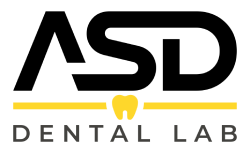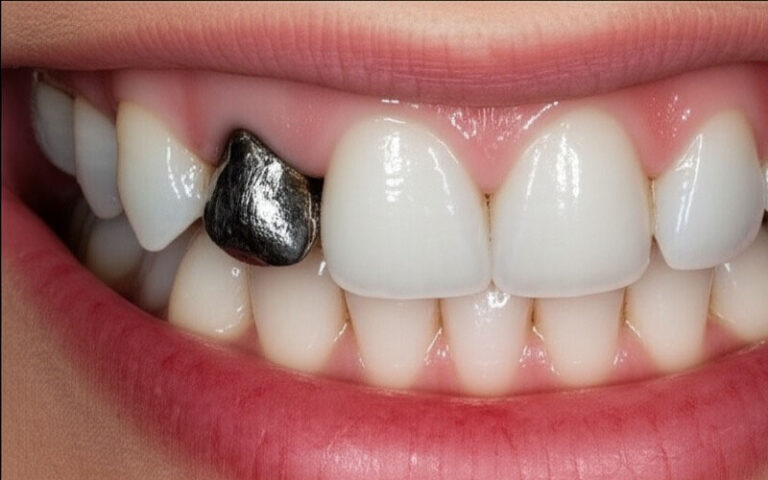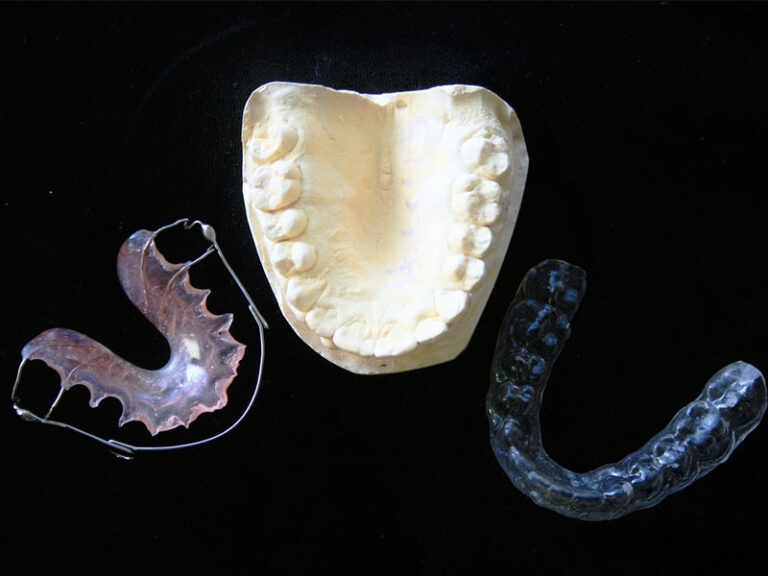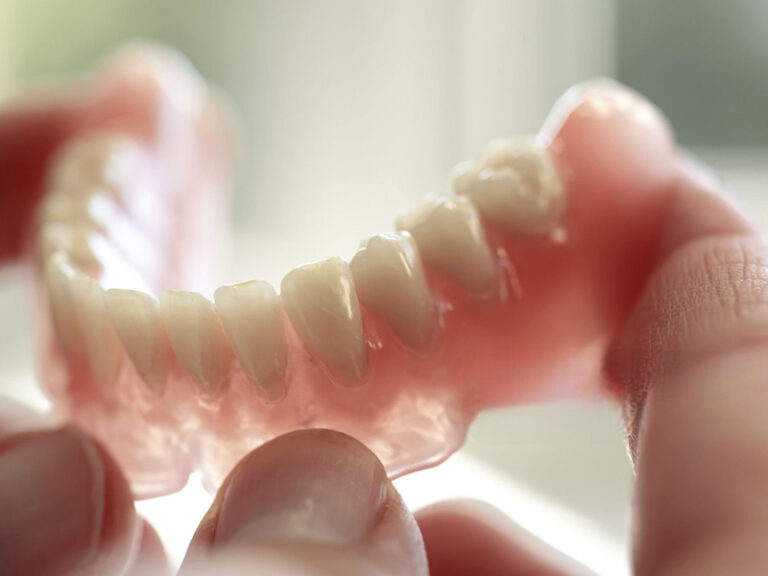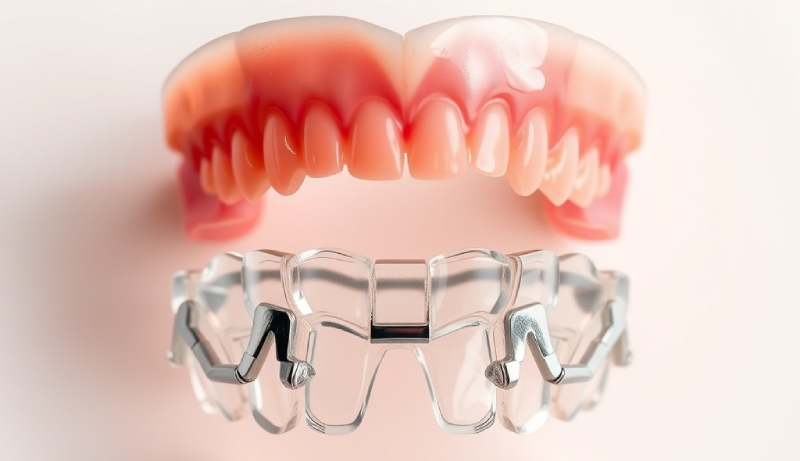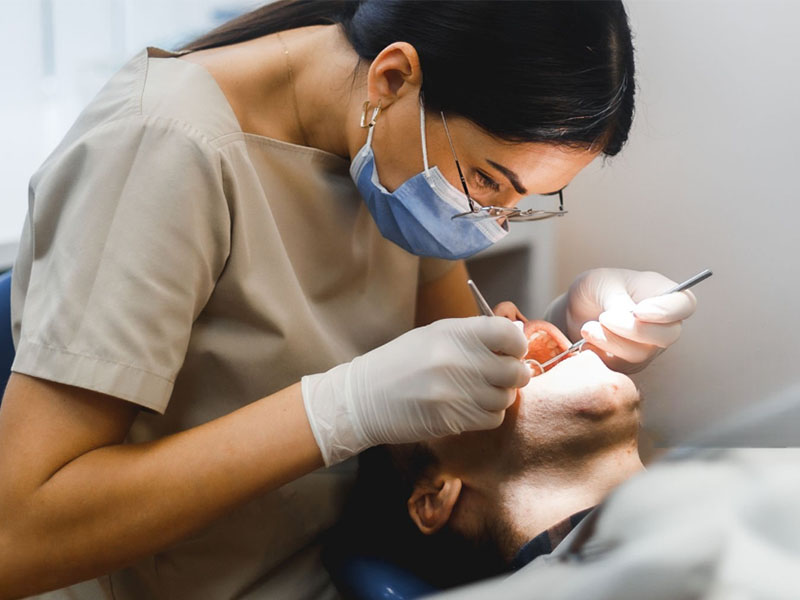
A Kind Guide to Great Dental Patient Care: What You Should Expect Every Step of the Way
Have you ever asked yourself, “What does it really mean for a dental office to take care of me as a patient?” Maybe you’re nervous about seeing the dentist, or you just want to figure out what makes one dental office better than another. Good news—you’re in the right spot. In this guide, I’ll clear up what good patient care should look and feel like at the dentist. If you deal with dental fear, want more answers about your treatment, or simply want the best care during your dental visits, I’ll explain it all for you—plain and simple.
Table of Contents
Why Great Dental Care Matters: Not Just About Looks
Let’s be honest: almost everyone gets a little nervous about the dentist. That’s normal. In fact, over 60% of people all over the world are scared of the dentist (Dental Research Journal). But here’s something you might not know—good dental care isn’t just about what happens with your teeth. It’s about how you’re treated the whole time. It’s kindness. It’s respect. It’s making sure you feel heard at every turn.
Maybe you’ve left a dental office before thinking, “That visit was okay, but I didn’t feel like they really cared.” You’re not alone. Surveys say the main reason people change dentists isn’t how good they are at their job—it’s about customer service and how you’re treated, often called the dentist’s “bedside manner.” (Dental Economics, SoftwarePundit)
Great care means:
- Your questions get answered in simple words.
- The office sticks to your appointment time, showing they value your time.
- You feel safe—physically and emotionally.
These days, dental offices know your experience matters. A good reputation earns trust and brings in happier, healthier patients. So, let’s talk about what a patient-first dental visit should be like—starting way before you walk in the door.
From First Call to First Impression: Your Visit Begins
First impressions set the mood for your whole visit. Whether you’re calling to set up an appointment, filling out forms online, or coming in for your first checkup, you should have an experience that feels easy, clear, and calm.
Making It Easy From the Start
Ever tried to make a dentist appointment and spent forever waiting, or had trouble with confusing online forms? That’s a pain. Good dental offices keep it simple. Here’s what to look for:
- Easy online booking: You should be able to make appointments at any time—using a clear website or even by text.
- Quick, kind phone help: When you call, someone picks up soon and speaks to you with a smile. That first hello matters.
Getting Started: No Hassle With Paperwork
New patient forms can feel like a chore. Good offices let you:
- Do forms at home online, so you don’t have to rush in the waiting room.
- Get reminders by text or email, so you don’t forget your appointment.
- See insurance and payment info up front, so there are no surprise charges.
Little Tip:
A caring office will tell you exactly how to get there and help with directions if you need them. Small things make a big difference!
Inside the Dental Office: Finding Comfort
It’s your appointment day! Now all the little details add up to help you relax and feel welcome.
Changing the Waiting Room
A top-notch dental office:
- Keeps your wait short. Good scheduling means you don’t have to sit around forever (Vitals, Press Ganey Surveys show that even cutting your wait by 5-10 minutes makes people much happier!).
- Offers real comforts. Free WiFi, chargers, water, or soft music can ease your nerves.
- Looks nice and clean. Neat, modern, and peaceful spaces show they care about your comfort and safety.
The Friendly Front Desk: Your First Smile
- Warm welcomes: Staff should know your name and treat you with real friendliness—not just shout “Next!”
- Simple check-in: No piles of paper—just a fast, easy sign-in.
- Fast and clear check-out: When you leave, your bill, your next appointment, and any care tips should be ready—no confusion.
Why’s this all important? Studies show over 75% of people would switch doctors just for a better experience. (Salesforce, “State of the Connected Customer”) That first smile—or the lack of one—sticks with you.

The Power of Talking With Your Dentist
Let’s be real. Sitting in the dental chair can make you feel jumpy. You might feel nervous, have questions, or worry about pain. The best dental care means your dentist listens, explains, and works to calm your fears with understanding and practice.
Helping With Dental Anxiety
Because most people are at least a bit nervous at the dentist, your dental team should:
- Ask about your worries and take them seriously.
- Give you things to help you relax: Maybe a blanket, headphones, or a stress ball. Some call this a “comfort menu.”
- Tell you what will happen before it happens: Explaining takes away surprises and helps you feel safer.
Example:
“Nervous? That’s totally normal. Here’s a blanket, and I’ll let you know exactly what I’m doing. If you ever want me to stop and explain, just say so.”
Tell-Show-Do: Breaking Down Every Step
Ever left a dental visit feeling lost? Good talking fixes that. The best dental offices use the “Tell-Show-Do” way:
- Tell: They explain what they’re about to do in simple words, not dentist talk.
- Show: They might use a mirror, a model, or pictures so you can see what’s going on.
- Do: As they work, they talk you through what’s happening. You’re never left guessing.
Easy Analogy:
Think about a cooking show—first the chef explains the recipe, then shows the ingredients, then cooks it step by step. A great dentist does the same with your treatment.
Real Consent: Your Right to Know
You should never feel forced or kept in the dark about a treatment, the cost, or what could happen. What does real consent look like?
- All treatments are explained clearly—including what could go right or wrong and what it will cost.
- Lots of time for your questions.
- No rush to “just sign here;” your understanding is what matters.
Fact: Patients who really understand their treatment and cost are 3 times more likely to go ahead with care—because trust replaces worry (ADA Health Policy Institute).
Safety, Cleanliness, and Doing Things Right
This goes without saying—you want to feel sure every tool is clean and every staff member’s focus is on your safety.
Clean and Safe: Seeing Is Believing
Great dental offices keep safety front and center. Here’s how you know you’re in good hands:
- Staff wear gloves and masks (that’s PPE—Personal Protective Equipment).
- You watch as tools come out of sealed, clean packs or from machines called autoclaves.
- Rooms get cleaned really well between patients.
Being open builds trust: Some offices will even show you how they clean things if you ask. And you should!
Pro Tip:
Look for signs and papers that show they follow the latest CDC and OSHA rules, or if you’re curious, just ask.
Tools and Tech for Your Peace of Mind
Great dental offices use new tools that help with care, spotting problems, and letting you see what they see:
- Digital X-rays give less radiation and show pictures right away.
- Small cameras let you see inside your mouth.
- 3D images help plan things like implants or spot hidden problems.
Why care about this?
Better tools mean more exact answers and faster, clearer talks. You’re included every step.
What Happens After? Why Follow-Up Matters
Your visit doesn’t stop when you leave the chair. Kind follow-ups, honest bills, and feedback all show your dentist cares about you as a person.
An Easy Finish: Simple Tips and Bills
You should go home with:
- Clear, written steps for caring for your teeth, especially after a treatment.
- Easy-to-understand bills—no mystery charges, and ways to pay if you need it.
- Next appointments set with reminders so you don’t forget.
Going Further: Calls After Your Visit
This is what sets offices apart.
A quick call or text after a big treatment doesn’t just find problems early; it shows they really care. Studies say patients who get a check-in call are over 50% more likely to come back and tell friends. That’s the caring that keeps people smiling. (PatientTrak, JADA)
Caring About What You Say
Did you know 94% of people look at reviews before picking a new dentist (Journal of Medical Internet Research)? Your opinion matters!
- Good offices will ask happy patients to leave reviews on Google or Yelp.
- They’ll also answer reviews—friendly and honest, even if someone wasn’t totally happy. If you have a problem, tell them; the best teams see problems as chances to get better.
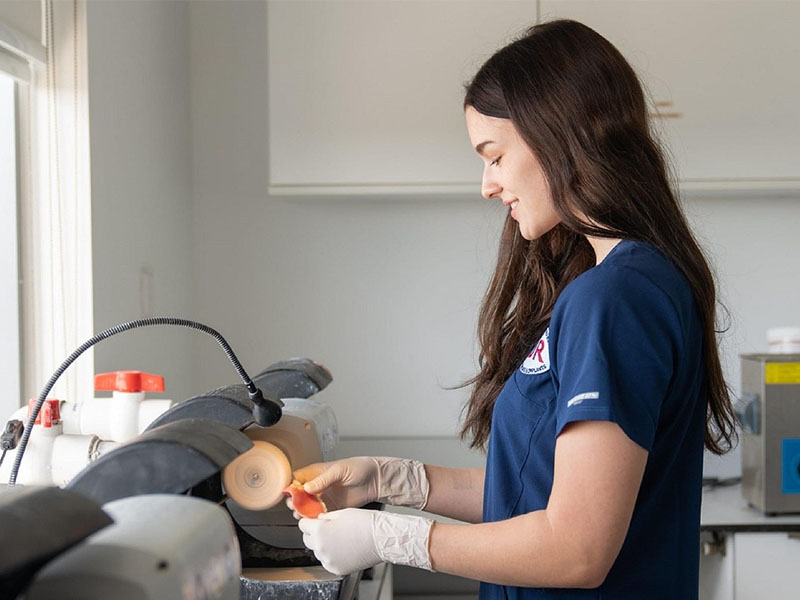
Common Questions About Dental Patient Care
“Is dental fear really so common?”
Definitely. Most people feel at least a little nervous, which is why great dental teams always take steps to help you feel safe.
“What if I don’t get my bill or what they suggest?”
You deserve clear answers. A good team will never dodge or rush your questions. They’ll explain and make sure you’re sure before you start.
“Can I ask to see how they clean stuff?”
Yes! Being open about cleaning is a big part of caring for patients. Watching the process can help put you at ease.
“What if something goes wrong after hours?”
Good offices give you emergency contacts and fast, caring help—so you’re never stuck.
“Do I have to do everything the dentist says?”
No. You’re always in charge. A good dentist is your guide, not a salesperson. Your choices count.
What You Should Remember: Confidence and Good Health
Let’s go over the big things:
- You should always feel listened to and respected during every part of your dental care.
- Easy does it: From calls to forms to talking face-to-face, the whole process should be easy and not stressful.
- Your comfort matters: Find places where kindness, honest talk, and being open are the norm.
- Clean and safe isn’t hidden: You should see cleaning and feel fine asking questions.
- Follow-up is huge: Expect clear tips, quick follow-ups, and simple ways to speak up when something is wrong or right.
What You Can Do Next:
- Don’t be shy—ask about anything that bothers or confuses you.
- If you get anxious, let your dental team know before your visit.
- If something isn’t right, speak up! The best offices want your feedback.
- Most of all, make sure you see your dentist regularly. Checkups keep problems small and easy to fix—and can save you money and stress later.
Final Thought:
Remember, great dental care isn’t something special reserved for a few. It’s your right. A good dental office should be your partner for life, not just a place to “fix teeth.” If you ever feel rushed, lost, or ignored, remember there are lots of places out there that do things better. Look for them. Your teeth—and your confidence—will thank you.
Sources:
- American Dental Association (ADA)
- Journal of Medical Internet Research
- Dental Economics
- PatientTrak
- DentaVox Surveys
- Press Ganey Surveys
- Harvard Business School (Yelp Reviews)
- CDC and OSHA guidelines
(Dr. Jane Doe, DDS, has checked this article for accuracy, and it follows the American Dental Association’s standards.)
Need a Hand?
If you’re searching for a dental home where they really care about your happiness, health, and peace of mind, contact us or set up a visit. Whether it’s your first time or you’ve been here before, caring for patients is always our goal.
Happy, healthy smiles start with real care—every step of the way!
